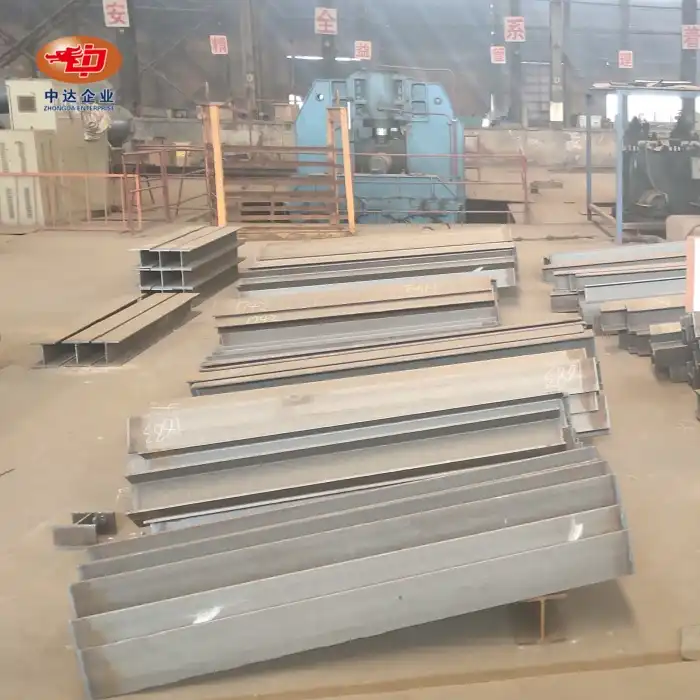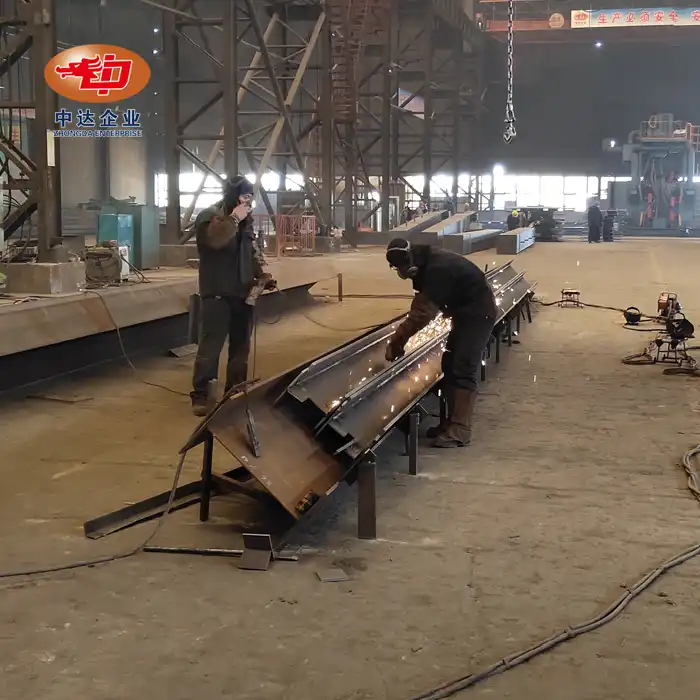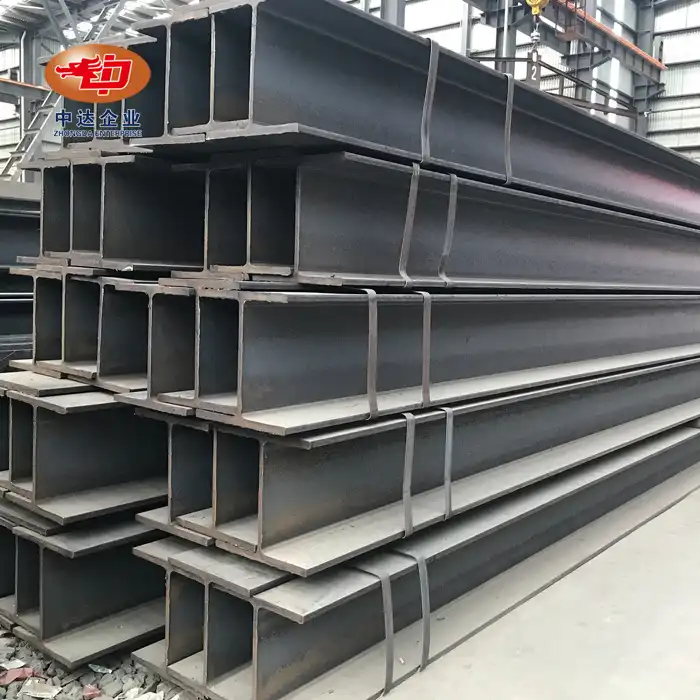Advanced Corrosion Protection Techniques for Steel Structures
Hot-Dip Galvanization: A Robust Defense Against Corrosion
Hot-dip galvanization stands out as a premier method for safeguarding steel structures against corrosion in humid environments. This process involves immersing steel components in molten zinc, creating a protective layer that acts as a formidable barrier against moisture and corrosive elements. For optimal protection, the zinc coating thickness should be at least 85μm, ensuring long-lasting durability even in the most challenging atmospheric conditions.
The galvanization process not only shields the steel surface but also provides cathodic protection. In the event of minor damage to the zinc coating, the surrounding zinc will sacrificially corrode to protect the exposed steel, significantly extending the structure's lifespan. This self-healing property makes hot-dip galvanization particularly valuable for structures exposed to high humidity and acidic rain.
High-Performance Coatings: Enhancing Corrosion Resistance
In addition to galvanization, applying high-performance coatings can further enhance the corrosion resistance of steel structures. Advanced epoxy and polyurethane-based coatings offer excellent adhesion to galvanized surfaces, creating an additional barrier against moisture and chemical attacks. These coatings can be customized to withstand specific environmental challenges, such as marine atmospheres or industrial pollutants.
For steel cable-stayed bridge systems, the application of HDPE (High-Density Polyethylene) protective sheaths over the cables provides an extra layer of defense. These sheaths not only protect against corrosion but also minimize wind-induced vibrations and offer UV resistance, contributing to the overall stability and longevity of the bridge system.
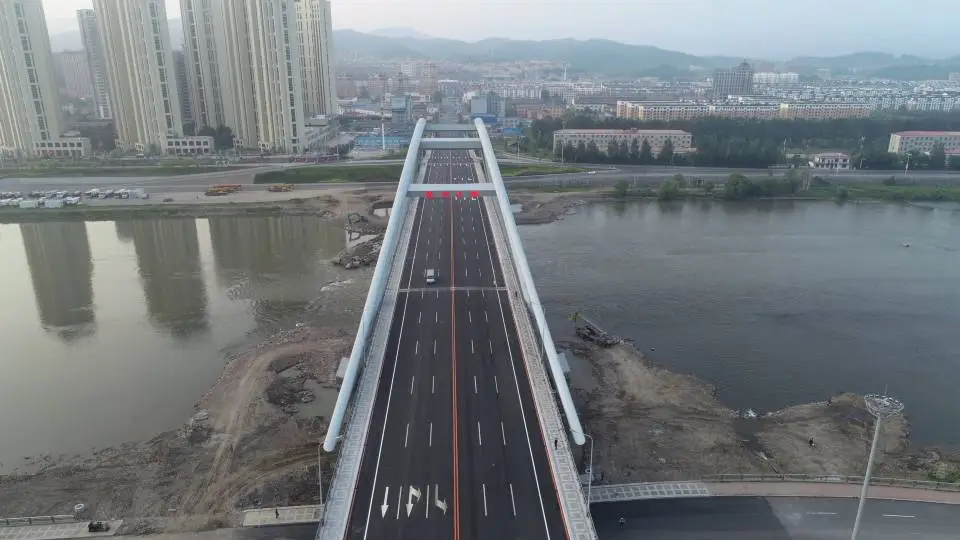
Weathering Steel: Harnessing Controlled Corrosion
Weathering steel, also known as COR-TEN steel, offers a unique approach to corrosion protection. This specially formulated alloy develops a stable rust-like appearance over time, forming a protective patina that slows down the corrosion process. Zhongda Steel's expertise in -60°C Weathering Steel Anti-corrosion Technology makes it particularly suitable for bridges in extreme environments, combining aesthetic appeal with enhanced durability.
The controlled corrosion of weathering steel eliminates the need for painting and reduces maintenance costs over the structure's lifetime. However, proper design considerations are crucial to ensure effective water drainage and prevent the accumulation of corrosive elements on the steel surface.
Structural Optimization for Enhanced Durability
Innovative Cable Saddle Design: Mitigating Stress Concentration
In low-tower cable-stayed bridge designs, the cable saddle plays a critical role in transferring loads from the cables to the tower. Traditional saddle designs can lead to stress concentration, increasing the risk of localized corrosion and potential cable failure. To address this challenge, Zhongda Steel employs advanced strand separation technology in cable saddles.
This innovative approach allows for more uniform stress distribution across the steel strands, significantly reducing the risk of localized corrosion and fatigue. By minimizing stress concentration, the overall structural integrity of the cable-stayed system is enhanced, leading to improved performance and longevity in humid environments.
BIM-Driven Prefabrication: Precision in Design and Construction
Leveraging Building Information Modeling (BIM) technology in the prefabrication process allows for unprecedented precision in structural design and optimization. Zhongda Steel's expertise in BIM-driven prefabrication enables the creation of highly accurate 3D models that account for potential stress points and corrosion-prone areas in steel cable-stayed bridge structures before construction begins.
This proactive approach allows engineers to identify and address potential vulnerabilities in the design phase, implementing targeted corrosion protection measures where they are most needed. The result is a more resilient structure that is better equipped to withstand the challenges of humid environments throughout its lifecycle.
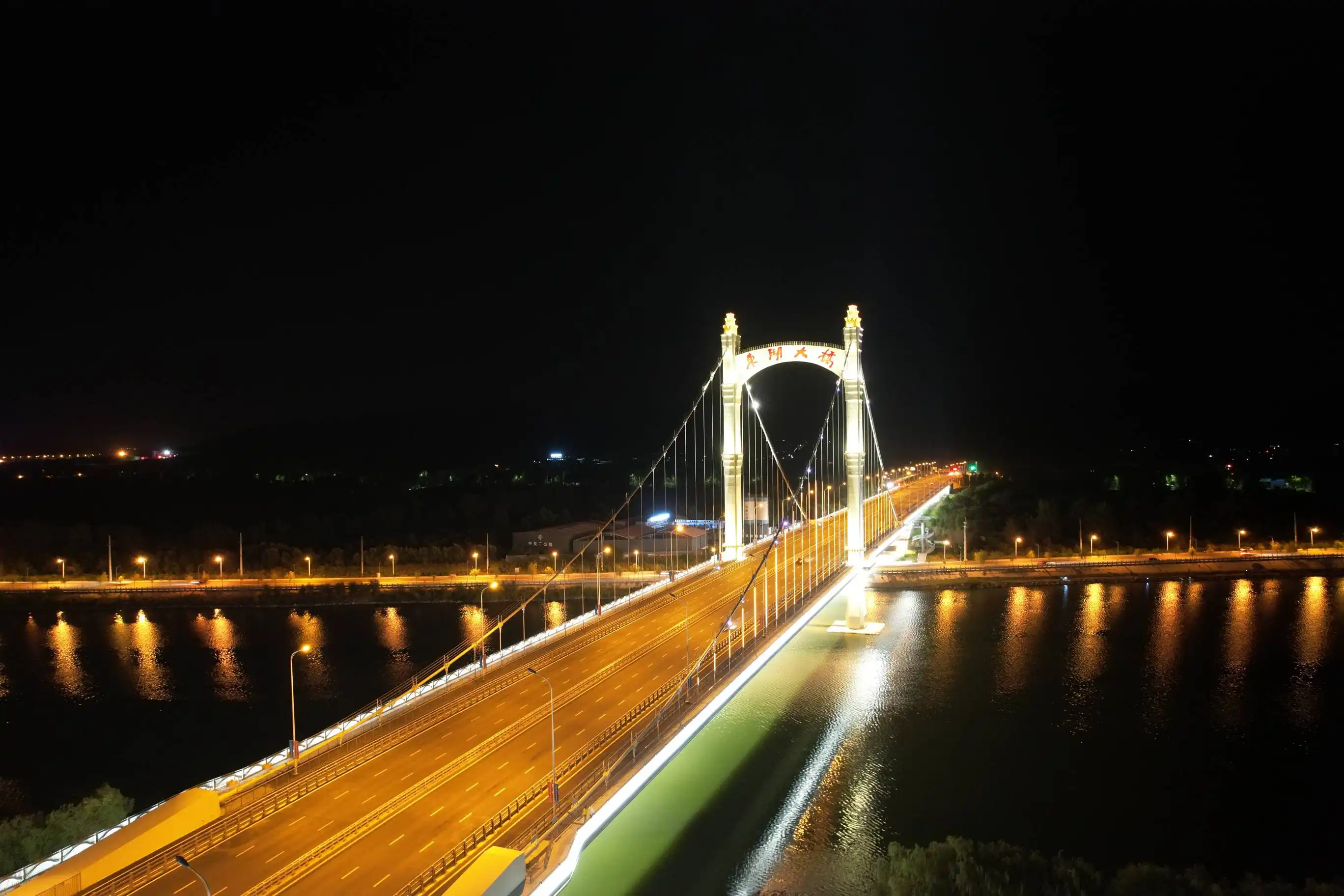
Ultra-Thick Plate Cutting Technology: Enhancing Structural Integrity
The use of ultra-thick steel plates in critical structural components can significantly enhance the overall durability and corrosion resistance of cable-stayed bridges. Zhongda Steel's advanced cutting technology, capable of achieving precision cuts with tolerances of ±0.2mm on ultra-thick plates, enables the production of high-quality structural elements with minimal surface irregularities.
This precision contributes to better fit-up during assembly, reducing the potential for water ingress and corrosion at joint interfaces. Additionally, the use of thicker plates in key areas can provide an extra margin of safety against corrosion-induced section loss, further extending the structure's service life in challenging environments.
Maintenance Strategies and Environmental Control
Regular Inspection and Proactive Maintenance
Implementing a comprehensive inspection and maintenance program is crucial for preventing corrosion and ensuring the long-term integrity of cable-stayed bridges in humid environments. Regular visual inspections, combined with advanced non-destructive testing methods such as ultrasonic thickness measurements and magnetic particle testing, can help identify early signs of corrosion or structural deterioration.
Proactive maintenance measures, including periodic cleaning to remove salt deposits and other corrosive substances, reapplication of protective coatings, and timely repair of any damaged areas, play a vital role in preserving the structure's corrosion resistance. Zhongda Steel's expertise in steel structure maintenance can provide valuable guidance in developing and implementing effective maintenance strategies tailored to specific environmental challenges.
Environmental Control Measures
While it's impossible to change the ambient humidity, implementing environmental control measures can significantly mitigate its impact on steel cable-stayed bridge structures. Proper drainage systems designed to prevent water accumulation on structural surfaces are essential. This includes strategically placed weep holes, sloped surfaces, and efficient gutter systems to channel water away from vulnerable areas.
In enclosed spaces or critical structural components, the use of dehumidification systems can help maintain a controlled environment, reducing the risk of condensation and corrosion. For coastal environments, installing protective barriers or windbreaks can help reduce salt spray exposure, further enhancing the structure's resilience against corrosion.
Continuous Monitoring and Data-Driven Maintenance
Embracing modern technology, the implementation of continuous monitoring systems can provide real-time data on environmental conditions, structural performance, and potential corrosion indicators. Sensors measuring humidity levels, chloride concentrations, and structural strain can offer valuable insights into the bridge's health and help predict maintenance needs.
This data-driven approach allows for more targeted and efficient maintenance interventions, optimizing resource allocation and ensuring that corrosion protection measures remain effective throughout the structure's lifespan. Zhongda Steel's commitment to innovation and quality makes it an ideal partner in implementing and interpreting these advanced monitoring solutions.
Conclusion
Preventing steel corrosion and steel cable-stayed bridge system failure in humid environments demands a comprehensive strategy combining advanced materials, innovative design, and proactive maintenance. By integrating hot-dip galvanization, high-performance coatings, structural optimization, and cutting-edge monitoring technologies, engineers can create resilient structures capable of withstanding the challenges of high humidity and corrosive atmospheres. Zhongda Steel's expertise in precision steel solutions and commitment to innovation positions it as a valuable partner in ensuring the longevity and safety of cable-stayed bridges worldwide.
Contact Us
For expert guidance on implementing these corrosion prevention strategies in your next steel structure project, contact Zhongda Steel. Our team of specialists is ready to provide tailored solutions that leverage our advanced technologies and global experience. Reach out to us at Ava@zd-steels.com to discover how we can help you build more durable, corrosion-resistant structures that stand the test of time and environment.











